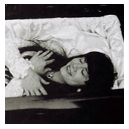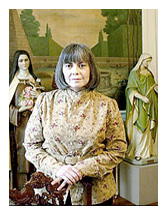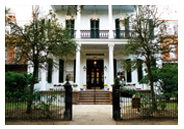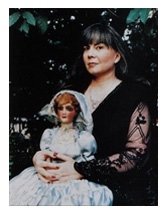About anne
Anne's father moved the family to north Texas, taking up residence in Richardson,
in 1958, when Rice was 16, and she met Stan Rice, whom she would later marry, at Richardson High School.
She began college at Texas Woman's University in Denton, but relocated with Stan to California, where the
couple put down roots in San Francisco, where Anne attended San Francisco State University and obtained a
Master of Arts degree in creative writing.
"I'm a totally conservative person", she
later told the New York Times (November 7, 1988). "In the middle of Haight-Ashbury in the 1960s, I was typing
away while everybody was dropping acid and smoking grass. I was known as my own square." She would not return
to New Orleans until 1989.
Rice and her husband had a daughter Michele, who was born on September 21, 1966
and died of leukemia on August 5, 1972. Their son Christopher Rice, was born March 11, 1978.
Writing career
She completed her first book,
Interview with the Vampire, in 1973 and published it in 1976.
This book would be the first in Rice's popular Vampire Chronicles series, which includes 1985's
The Vampire Lestat and 1988's The Queen of the Damned. Rice has also published adult-oriented
fiction under the pen name Anne Rampling, and has written explicit sado-masochistic erotica as
A.N. Roquelaure. Her fiction is often described as lush and descriptive, and her characters'
sexuality is fluid, often displaying homoerotic feelings towards each other. Rice said that the
bisexuality was what she was looking for in her characters; a love beyond gender especially with the
Vampire Chronicles because the vampires were not of human society,therefore did not go by the expectations
of that society.

She also weaves philosophical and historic themes into the dense pattern of her books.
To her admirers, Rice's books are among the best in modern popular fiction, possessing those elements that
create a lasting presence in the literary canon. To her critics, her novels are baroque,
"low-brow pulp"
and redundant. A critical analysis of Rice's work can be found in S. T. Joshi's book The Modern Weird Tale (2001).





